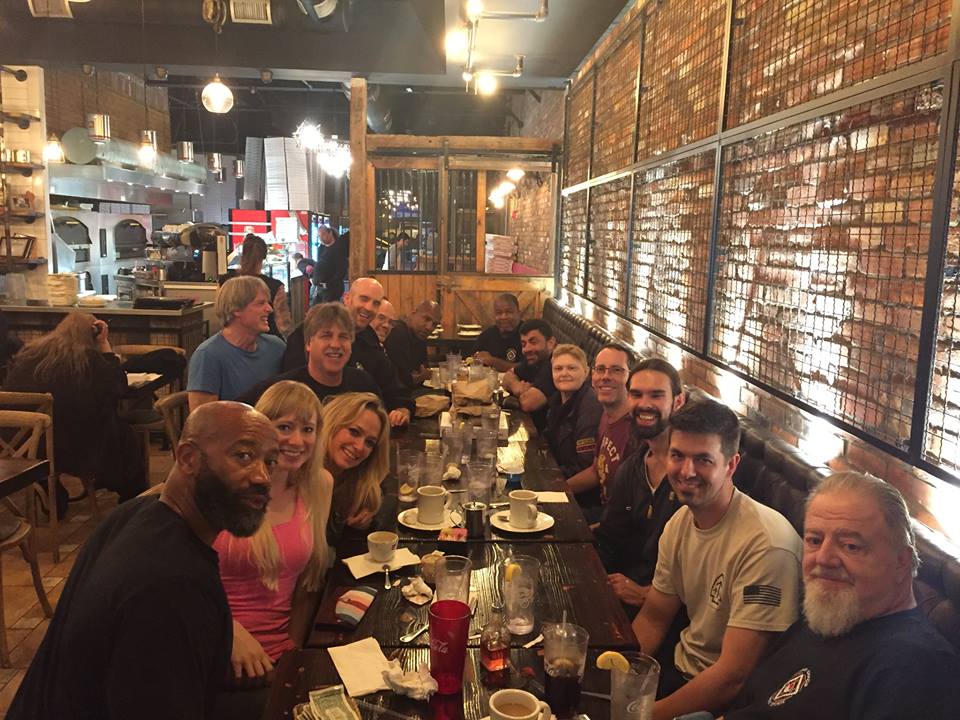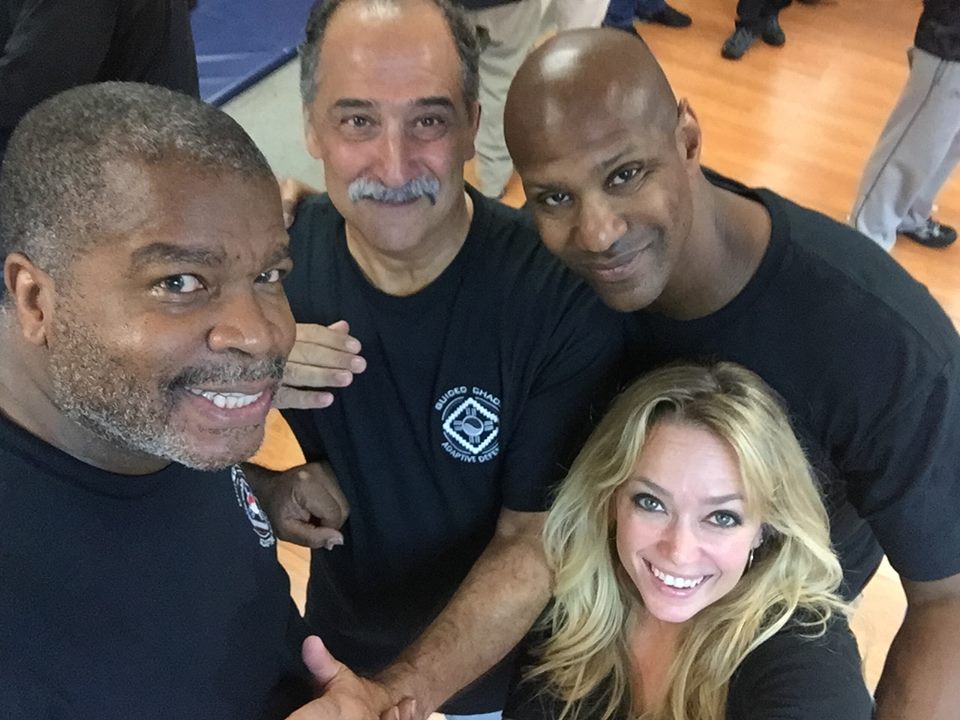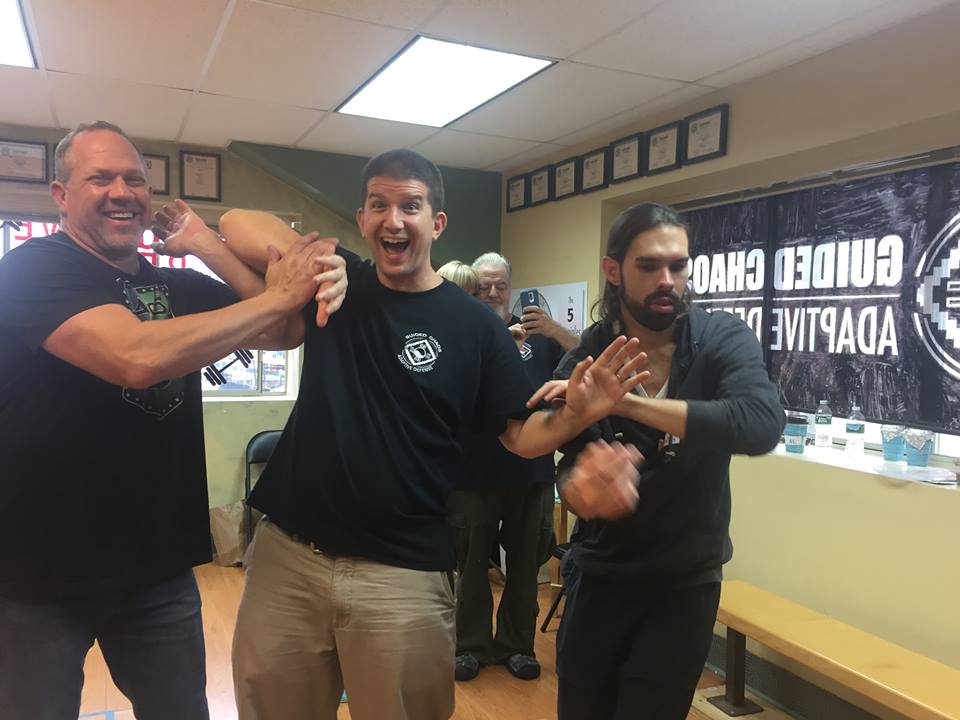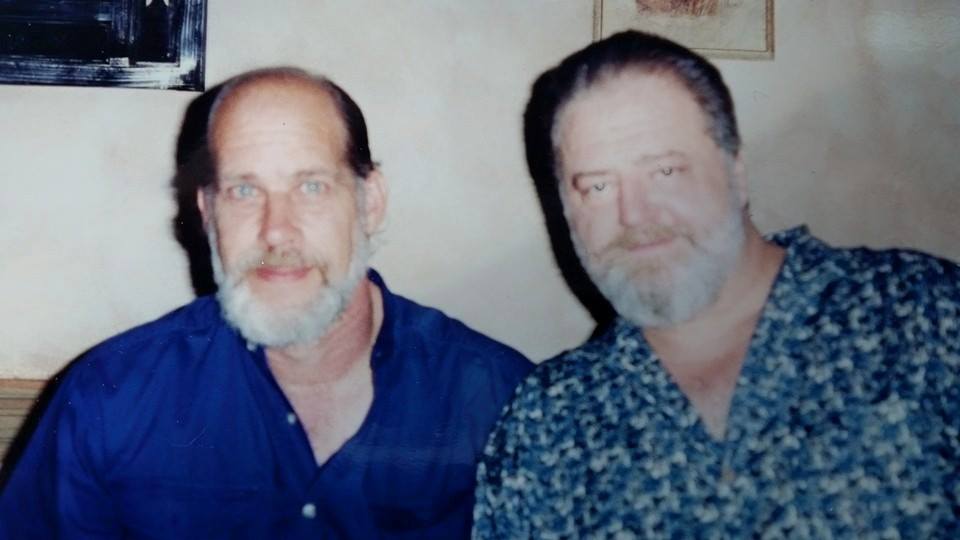--Tim Carron, Guided Chaos Grandmaster and Vietnam War Veteran
Between what Tim told me years ago and more recent developments such as the Combative Movement Immersion Seminar, and peeling back the layers of example provided by John and his advanced students, I have reached some conclusions (for now) about GC and contact flow:
At more advanced levels, contact flow is (in part) about human connection and deepening our understanding of human behavior, motivation, thoughts and emotions, beyond mere movement. John has called it "deep listening" and "empathy." Tim sometimes called it "love."
This means that, in order to learn, we must allow our training partners to express themselves fully, rather than stifling them or allowing our own thoughts and emotions to overpower theirs. We are not listening carefully if we're shouting at the same time.
Likewise, just as you can't hope to understand your significant other's feelings and thoughts if you are already hostile to them, you will not be able to learn as much from your training partner if you are reactive with your own fears, judgments and corrections. Listening effectively entails suspending such knee-jerk reactions in order to fully understand what you're hearing/feeling. This can even apply to solo practice: are you really listening to yourself, or shouting yourself down by "trying" to do things "right"?
John has mentioned that more intuitive people tend to get the hang of GC faster than others. It can be even more challenging to those of us who, had we been growing up today, might have been classified somewhere on the less severe end of the autism spectrum in terms of our difficulty understanding other people and their inner lives. The good news is, it seems to cut both ways. While having less natural intuition might make learning GC initially more challenging, perseverance in GC can help us all learn to be more intuitive, sensitive, mindful and understanding of others.
If this post is getting too peaceful for your tastes, remember that the better we understand people on a deep, subconscious level, the more easily we can manipulate them to their doom should they threaten us. The subconscious knowledge gained from meditative contact flow is what enables us to disrupt and defeat attackers with the smallest movements and efforts, thanks to our developed intuitive awareness of where they're coming from and where they must therefore go on a deep level. In particular, our ability to read intention on a subliminal level is enhanced by all the subconscious knowledge we accumulate through good contact flow, enabling us to get the jump on people and not fall victim to deception. So the deepest "love" is what enables us to most effectively kill.
That being said, for most of us, what might be more useful in our everyday lives: the well developed ability to more effectively kill, or the well developed ability to more effectively listen, understand, and love?








 RSS Feed
RSS Feed